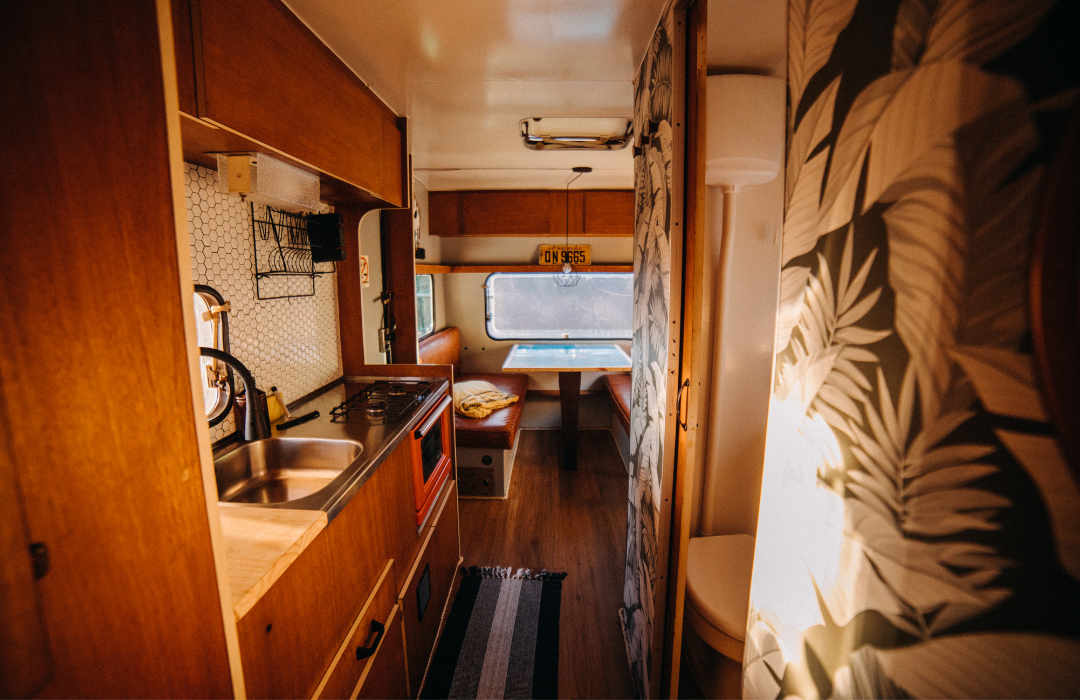Shoulder season camping, a.k.a those cooler months between summer and winter, brings crisp mornings, cozy campfires, and the occasional frosty night. For RVers, it also raises the question: should you rely on your RV’s propane furnace, plug in a space heater, or maybe both? Let’s break down the options so you can stay warm, safe, and efficient on the road.
The RV Propane Furnace
How it Works: Most RVs come equipped with a propane-powered furnace. It burns propane to generate heat, while a 12-volt fan pushes warm air through ducts around your rig.
Pros:
-
Heats the entire RV evenly, including underbelly and tanks (important for preventing freeze damage).
-
Reliable in off-grid situations as long as you have propane and battery power.
-
Fast heating in very cold weather.
Cons:
-
Burns through propane quickly if used heavily.
-
Requires battery power to run the fan.
-
Can be noisy compared to electric space heaters.
The Electric Space Heater
How it Works: Compact electric heaters plug into a standard outlet and warm up a single space or room. They’re popular as a supplement to the RV furnace.
Pros:
-
Cheap and efficient when you’re at a campground with shore power (saves propane).
-
Quiet operation.
-
Perfect for heating a small area, like the bedroom or living space, without running the whole furnace.
Cons:
-
Won’t heat your RV’s underbelly or tanks (risk of freeze if temps dip too low).
-
Can overload circuits if too many appliances are running.
-
Not useful for boondocking without a generator or inverter.
Which Should You Use?
-
On the Road / Boondocking: Stick with your propane furnace, it’s reliable off-grid and protects your plumbing.
-
At Campgrounds with Power: Use a space heater to save propane, and run the furnace only if temps drop significantly.
-
Freezing Conditions: Rely on the furnace to keep both living spaces and tanks warm, supplementing with a space heater for comfort.
Safety Tips
-
Always use space heaters with tip-over protection and auto shut-off.
-
Keep heaters away from curtains, bedding, or anything flammable.
-
Install and maintain working carbon monoxide detectors in your RV.
-
Regularly check furnace vents for blockages or debris.
For RVers, the best heating setup often combines both options: use the propane furnace for whole-rig warmth and safety, and a space heater when plugged in to save propane and add cozy comfort. That way, no matter where your adventures take you this season, you’ll be prepared to stay warm. Check out our RV Safety Essentials blog post on Testing your Smoke and Carbon Monoxide Detectors to ensure safety when using your propane furnace.
See you on the road!




Share:
15 Cozy Fall Bucket List Ideas for RVers
The RVer’s Guide to Tailgating From Your Rig